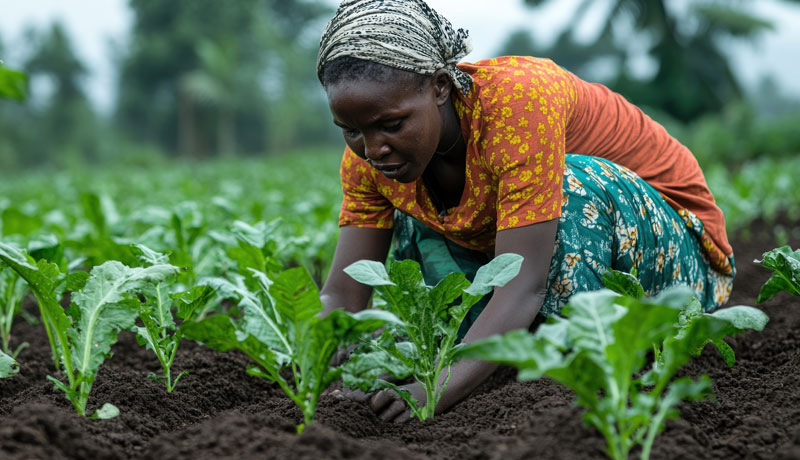
Our Sustainability
Sustainability strategy and goals

Roadmap and approach to IFRS S1 and S2 standards
The Fund will continuously evaluate sustainability reporting frameworks to ensure they remain fit for purpose. Currently, IFRS S1 and S2 have been incorporated into our sustainability strategy’s framework, standards, and protocols as part of an iterative process. Over the coming years, until adoption becomes mandatory, we intend to follow this order of framework integration:
Engagement and materiality process
- Approach:
Conduct a materiality exercise to link sustainability initiatives with business benefits. This will involve engaging internal and external stakeholders to identify and prioritise issues relevant to the Fund's business. Additionally, collaboration across departments will be essential to achieve bold commitments aligned with the strategy - FY23/24: The Fund reviewed the ESG consultant's recommendations for the next materiality assessment and is preparing for the upcoming reporting cycle while working collaboratively with its departments
- FY24/25: Through the Balanced Scorecard methodology, the Fund is working to incorporate general requirements for disclosing sustainability-related financial information. To support this integration, benchmarking exercises and staff training sessions have been conducted to build the necessary capacity for adoption
Framework selection
- Approach: Select a sustainability reporting framework that aligns with our strategic goals, stakeholder expectations, and industry context.
-
FY23/24:To date, the following frameworks and standards have been adopted:
- King IV Report on Corporate Governance for South Africa (King IV™)
- Integrated Reporting Framework
- Global Reporting Initiative (GRI standards)
- Sustainable Development Goals (SDGs)
- International Financial Reporting Standards (IFRS)
- Task Force on Climate-Related Financial Disclosures (TCFD)
- FY24/25: ESG frameworks (GRI, IFRS S1 and S2) were included in the Finance Department Policy and Procedures Manual
Standard identification
- Approach: Identify the relevant standards, both universal and industry-specific, to capture and report material sustainability issues
- FY23/24: After discussions with the Consultant, the Fund has identified and adopted the relevant reporting standards. Additionally, the Fund will engage with its Regulator and industry stakeholders to initiate discussions on developing industry-specific standards to support the creation of a reporting framework within Uganda
- FY24/25: The Fund will be taking a phased approach and has also responded to ICPAU on the draft paper for the proposed roadmap for the national adoption of the S1 and S2 standards
Protocol application
- Approach: Implement the appropriate protocols to measure, monitor, and report sustainability performance in alignment with the selected framework and standards
- FY23/24: This is ongoing following the adoption of the IFRS S1 and S2 standards
- FY24/25: The Fund will be taking a phased approach and has also responded to ICPAU on the draft paper for the proposed roadmap for the national adoption of the S1 and S2 standards
By continuously assessing and integrating these elements, we will improve the credibility, transparency, and impact of our sustainability reporting, driving positive change toward a more sustainable future.
With guidance from the ESG advisor, we evaluated the Fund’s structure and secured approval for the proposed approach of embedding sustainability across all business operations. While activation of this structure is pending the formal recruitment of an ESG partner, respective teams have continued to monitor and report on the performance of sustainability initiatives.
In line with the ESG advisor’s recommendations adopted in 2024, we will continue to progressively implement these measures over the coming years to ensure our sustainability reporting accurately reflects both our strategy and the value we aim to deliver to our members.
Road to Net Zero: Scope 1, 2, and 3 GHG emissions
Over the past 12 months, climate change has continued to impact people and ecosystems globally, with extreme weather events affecting Uganda, specifically the agricultural sector. Protecting people and the planet is a shared responsibility, and every business has a critical role to play.
In 2024, we pledged to accelerate our climate performance, targeting a 13.58% reduction in GHG emissions compared to the 2024 baseline assessment. We recognise that climate change presents both material risks and opportunities for the Fund. To evaluate and disclose these effectively, we apply the Task Force on Climate-Related Financial Disclosures (TCFD) methodology as part of our approach to managing climate-related risks and opportunities.

Approach
At the beginning of 2024, the Fund had forecast carrying out a baseline external assessment to establish our Net Zero Roadmap. However, this was not achieved, as it requires a more robust system and stronger metrics for monitoring and evaluating performance. This initiative will require the expertise of an ESG partner or specialist to develop a holistic Net Zero Roadmap, supporting a realistic commitment to achieve Net Zero by 2050.
Guided by this roadmap, we will progressively transform our business model to deliver GHG emissions reductions across all three Scopes, in line with the criteria approved by the Science Based Targets initiative (SBTi).
A detailed analysis of our GHG emissions is not included in this report, as the necessary monitoring and evaluation mechanisms are not yet in place.

To address Scope 3 emissions, we are developing a comprehensive strategy to reduce carbon emissions from operations, while enhancing collaboration with suppliers, stakeholders, and communities to promote regenerative agricultural practices. For Scopes 1 and 2, which cover emissions from our direct operations, our strategy prioritises energy efficiency and a transition to renewable energy sources. Initiatives include the introduction of waste segregation systems and the installation of water-saving taps to progressively reduce wastage.
We will continue to work towards establishing mechanisms to guide science-based emissions reduction targets under the SBTi, ensuring alignment with our Vision 2035 goals.
